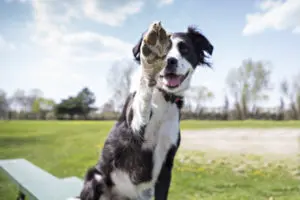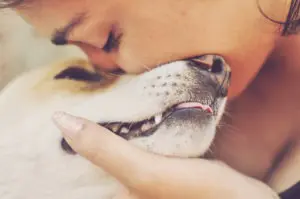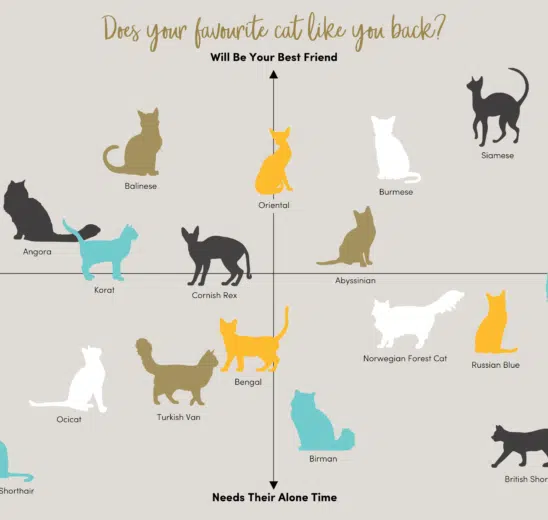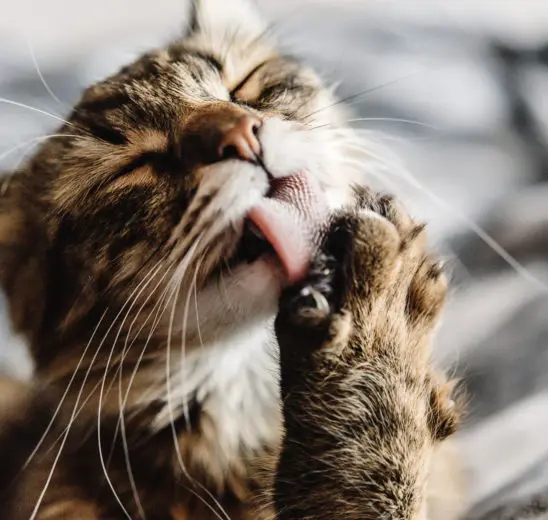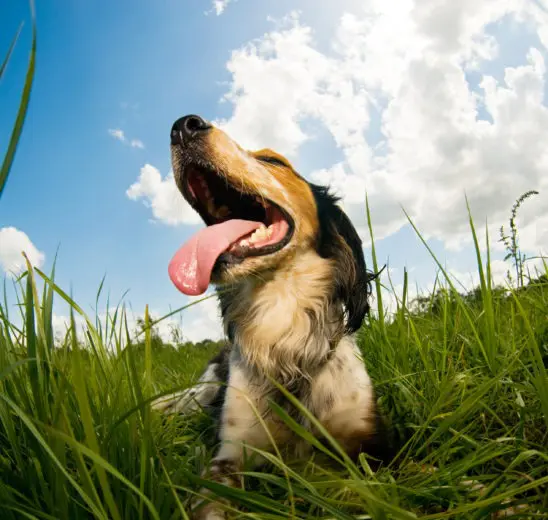Giving a dog a home is a total win-win. You and your family get a new best friend and the dog gets a happy new home. But there are few things to think about before you take the plunge.
THE FIRST STEP, IS HOME PREP. Structure is especially important when the dog is a rescue, so decide early on where he/she will eat, drink, sleep, pee and poop. And, will there be no-go zones? Baby gates are a great way to keep dogs away from other pets, children, plants, breakables and out of rooms where there may be chemical or electrical hazards.
ABSOLUTE MUST HAVES. There are a few “starter kit” items you should have before your pet arrives. An ID tag, a collar, a six-foot leash, food and water bowls, and, of course, toys and treats.
WHEN TO BRING THEM HOME. The first few days are extremely important for (gently) laying down the law. So, pick them up, when you have a few days free to start getting them used to the rules and the environment.
HOW TO BRING THEM HOME. Car journeys are stressful, so if you can, bring someone who can act as a comforter. If you’re alone, a harness or crate will help restrain your new pet while they settle down – something delicious to chew on won’t hurt either. When you arrive, go for a walk for half an hour or so. This will help calm your dog down and give you an opportunity to try out some commands and practise treating as a reward. When you’re both ready to head inside, keep the leash on. That way you can give the tour of the rooms they’re allowed in.
FEEDING YOUR NEW FRIEND. Dog’s tummies are sensitive to food, so make sure you find out the schedule your dog’s been on and the type of food. It’s fine to change both, but safer to do it a bit at a time. Try mixing their old food with their new food in different ratios over the course of 10 days. For example, 90% old with 10% new on day one, 80% old with 20% new on day two and so on.
MAKING FRIENDS AND SPREADING ITS PAWS. Keep the circle small for the first two or three days, your new friend will have plenty to get used to without meeting more new people. And, when you do start showing off your new pet, introduce one or two people at a time so he/she’s not overwhelmed. Once they’re comfortable meeting people you can test out some more adventurous walks where other dogs may be around.
TRAINING BY TREATING. At home and out and about, rewarding good behaviour with treats is a brilliant way of teaching your dog what is and isn’t on. But, whilst you want the treats to be motivating, you certainly don’t want them to be unhealthy. Applaws gourmet treats are high-protein and totally guilt free, so they’re the perfect reward. Click here to view our treats and where you can buy them.


